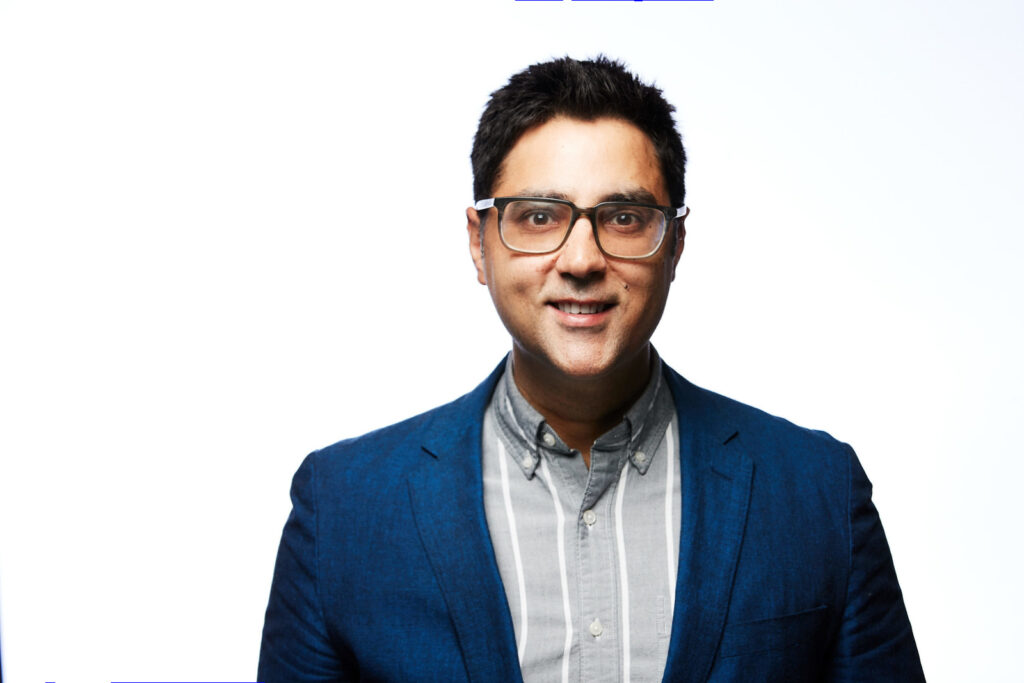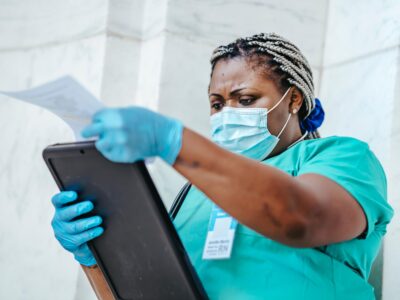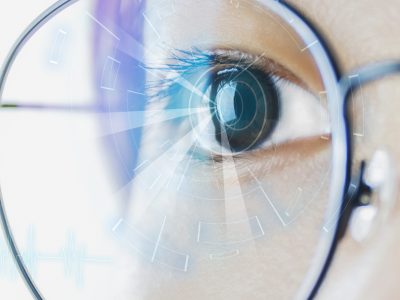
In 2020, healthcare spending was 19.7% of the US GDP, with advances in technology and patient treatment happening daily.
Sina Bari, MD, Senior Director of Medical AI at iMerit Technology, California, and an advocate for technology in the healthcare industry, passionately believes in using technology to improve the patient experience.
‘Technology is the way forward in giving patients the best and most cutting-edge treatments. The use of technology is about providing patients with the best possible outcomes from any medical intervention they receive. Technology is transforming the healthcare we provide, helping to save people previously we would have struggled to treat.’
He spoke recently about how technology is transforming healthcare.
Artificial Intelligence in Healthcare
Artificial intelligence, or AI, is becoming more common in healthcare. While most are familiar with AI as a copywriting tool or a chatbot for customer service, there are other uses. AI allows the processing and analyzing of large amounts of data in a short amount of time. Dr. Sina Bari told us:
‘Healthcare could help a physician make a diagnosis by analyzing a patient’s complex medical history and suggesting possible causes.’
Other areas where AI is proving helpful include:
- Analysis of medical imagery such as X-rays and scans – AI can help to narrow down a diagnosis
- Streamlining administrative tasks – lifting the burden from medics and allowing them to get on with treating patients
- Helping to analyze and collate data for training purposes – so that training materials are as up-to-date and accurate as possible.
Improve Precision in Surgery
One significant benefit of technology in healthcare is that it can assist in surgery. Robot-assisted surgery is becoming more common, helping to improve precision and accuracy and reduce recovery time. This means that a patient is back to full health and can resume daily life much more quickly. It can also reduce the stress on surgeons helping to make the surgery experience much less pressurized for all involved—this a known issue with surgeons having a very high rate of stress and burnout.
3D Printing and Prostheses
3D printing is a new and developing technology. With affordable 3D printers now available to the general public, many are starting to experiment. The increasing affordability of 3D printing means it’s becoming a crucial tool in the production of prosthetics. 3D printing allows customization and helps to eliminate the issues that ill-fitting medical devices can cause. The affordability of 3D printing also means that producing multiple copies of a particular prosthesis, particularly for a growing child, is becoming much more accessible.
Other Ways In Which Technology Can Improve Healthcare
Every aspect of healthcare, from the administration of patient data to training medics, continues to be touched by technology. ‘The use of computing in healthcare is not going away,’ says Sina Bari MD. ‘Technology is helping to improve patient access to a doctor. Using technology now makes it possible to have a consultation online, and its use in the supply chain ensures hospitals and healthcare providers have the tools and medicines they need.

















